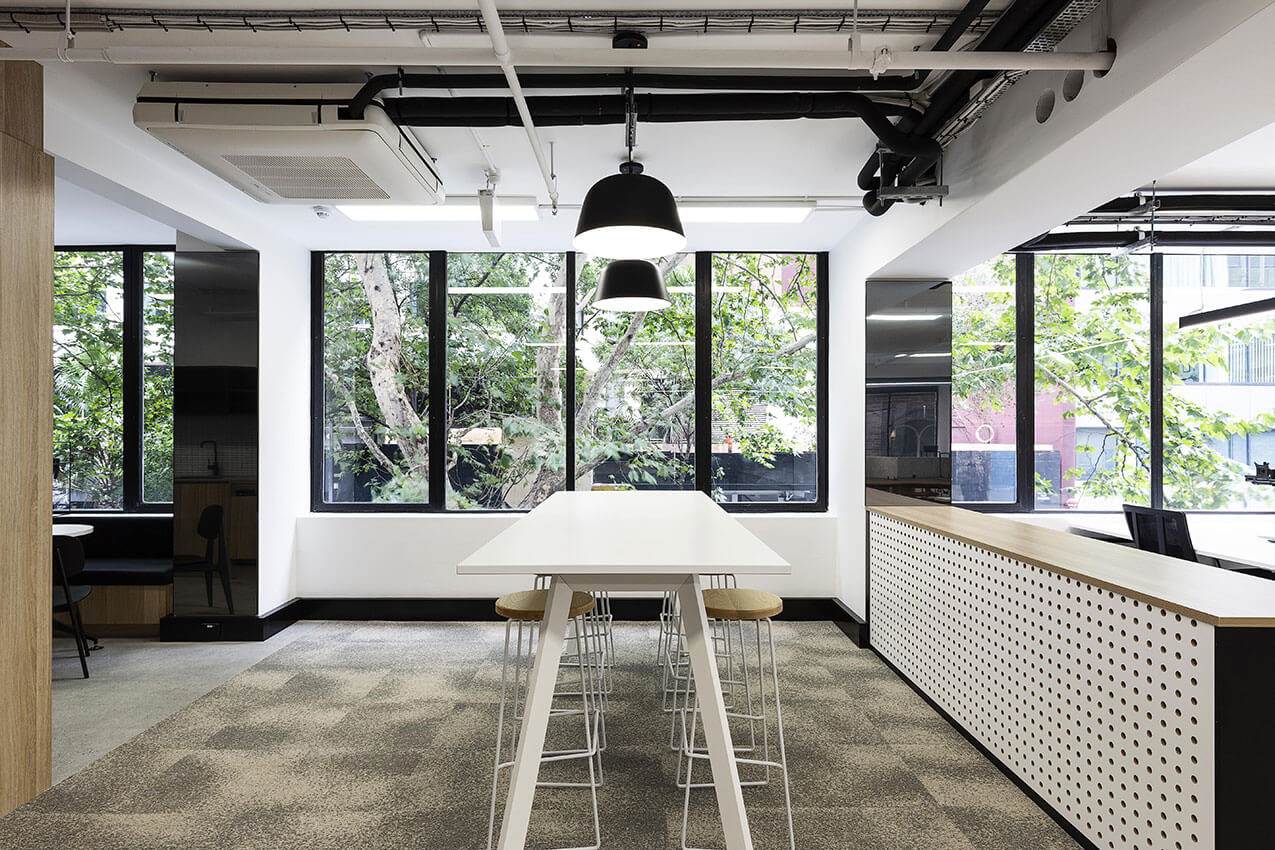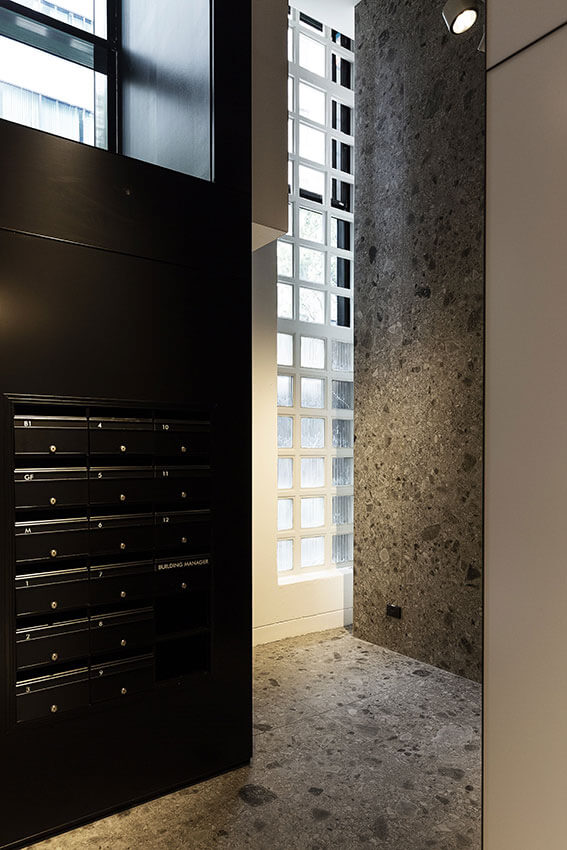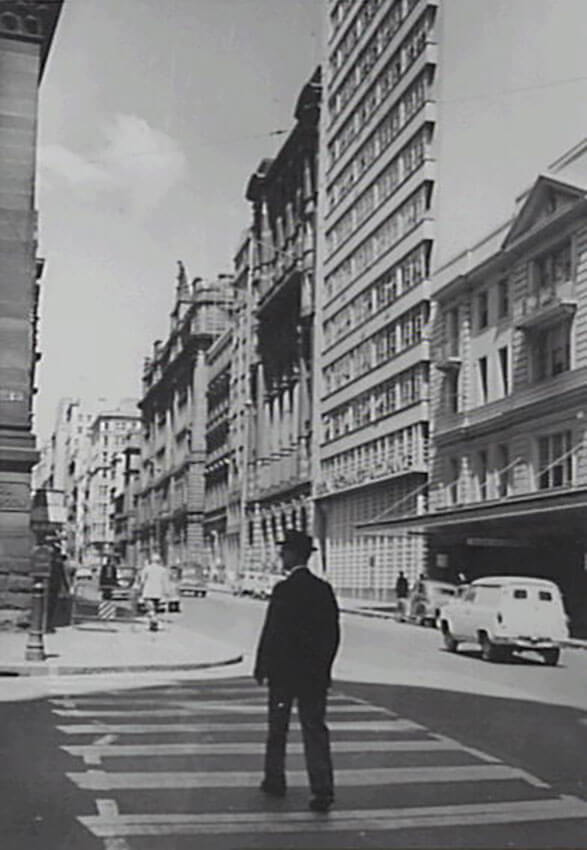75-77 Pitt Street, Sydney | Architects ‘Nettletontribe’ in collaboration with Heritage Architects ‘Architectural Projects’

2023 National Architecture Awards Program
75-77 Pitt Street, Sydney | Architects ‘Nettletontribe’ in collaboration with Heritage Architects ‘Architectural Projects’
Traditional Land Owners
The Gadigal people of the Eora Nation.
Year
Chapter
New South Wales
Category
Lord Mayors Prize (NSW)
Builder
Photographer
City of Sydney
David Taylor
Intermain
Media summary
Adaptive reuse project at the heart of Sydney’s CBD.
86 years after its grand opening, 75-77 Pitt Street, the former Royal Exchange Assurance Building continues to push boundaries for the future of CBD office towers.
The Sydney branch of the Royal Exchange Assurance Building, is an iconic modernist building. Originally designed by Melbourne-based modernist architectural partnership of Seabrook and Fildes, it is an innovative twelve-storey building of Inter War Functionalist style. As the first full glass façade building and “Modernist style high-rise building” in Sydney, it holds a particular significance as a turning point in Australia’s architectural history, indicating the arrival of the international high-rise office in Sydney.
The project flags the future of adaptive reuse for the longevity of Sydney. Integrating the heritage of the city to create inspiring modern spaces, practical to contemporary requirements.
The building was purchased as part of a CBD portfolio valued at $142,000,000.00. With an expenditure of $8,000,000.00 the building has increased in value to $65,000,000.00.
The building is eligible for the Heritage Floor Space Scheme fund of approximately $2,064, 510.00.
The alternative demolition and replacement would have required an additional expenditure of $15,000.00 and the value of the building would not have reflected this increase.Wiltshire International is committed to sustainable projects and heritage. Once made aware of the importance of the building by Heritage Architects, Architectural Projects, we embraced owning one of Sydney’s iconic modernist buildings.
Client perspective






